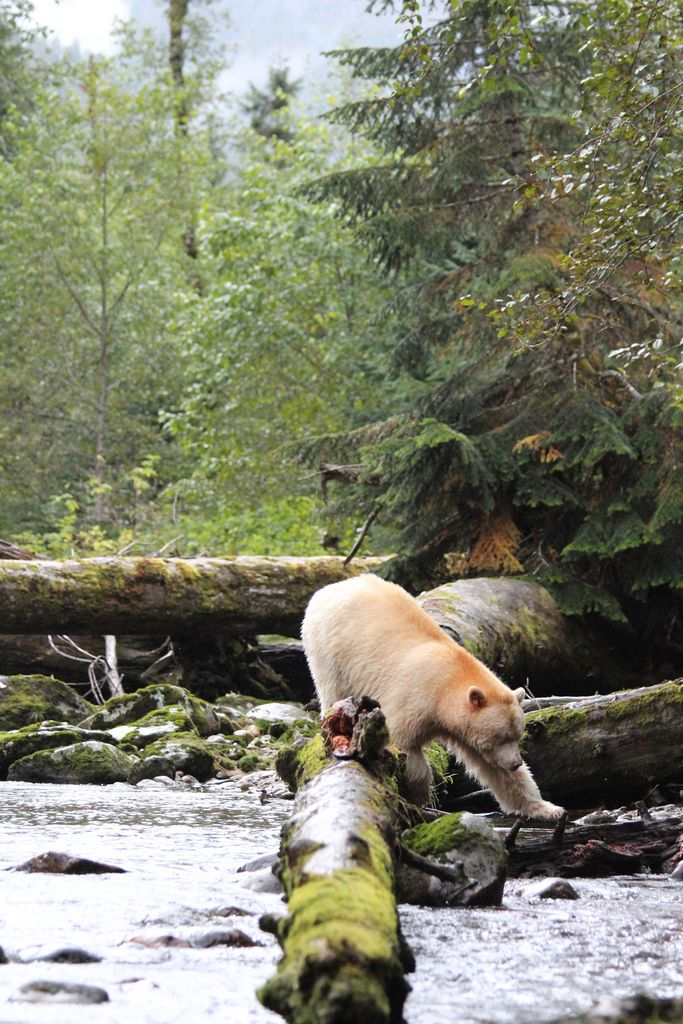 It is important to cultivate the quality of humility, but it is important not to mistake it for negative self-effacement.
It is important to cultivate the quality of humility, but it is important not to mistake it for negative self-effacement.
Humility is based upon an accurate picture of ourselves as just one human being whose wishes and needs exist within the context of the needs and wishes of others. Based upon a healthy, positive self-image and self concept, humility enables us to act kindly, gently and discreetly, placing the needs and visibility of others before us where appropriate.
Negative self-effacement is when we impulsively place ourself in the lowest position, or give up our wishes and needs in the face of others because we basically have a low self-opinion, or we crave approval from others (and fear their disapproval), or we judge all self-assertion to be egotism, or we don’t really feel we deserve to be happy and fulfilled.
It is also important to be self-assertive, which is a very different thing from being negatively egotistical.
Self-assertiveness encourages us to know what we want and why we want it. Healthy self-assertion enables us to communicate clearly and non-ambiguously to others our desires, and to act powerfully and enthusiastically to fulfill them. To be positively self-assertive implies that we are also aware of the needs and wishes of others, and:
- Are able to practice genuine consideration for the needs and wishes of others when pursuing our own goals
- Will robustly advocate the healthy needs and wishes of others as well as our own
In contrast to positive self-assertion, negative egotism is where the only perspective that we are able to take on our world is ‘me and mine’. For the negative egotist other people are simply not important, the world exists to fulfill their wishes and needs. For the negative egotist their own infantile needs and wishes need to be fulfilled at all costs.
One reason why self-assertiveness has a bad name is that it is only the negative egotists who are really pushing and shouting for what they want; we see negative egotism, mistake it for self-assertion and come to the conclusion that any form of self-assertion is bad.
Assertion with humility
So, what we are aiming for here is to mindfully:
- Like and enjoy who we are but be humble in our interactions with others, avoiding the trap of negative egotism
- Whilst being humble be clear about what we want in any given situation, communicating our wishes and aspirations clearly, and acting to fulfill them. Where appropriate we also encourage others to think about what they really want and to assert that wish appropriately.
With mindfulness we can learn to be humble and charismatic, self-confident and quiet, colourful and considerate, passionate and calm.
What situation in your life can you start practising humble self-assertion today?
© Toby Ouvry 2015, you are welcome to use or share this article, but please cite Toby as the source and include reference to his website www.tobyouvry.com
Upcoming Courses at Integral Meditation Asia in June/July/August:
Saturday 27th June, 2.30-5.30pm – The Call of the Wild–Meditations for Deepening Your Inner Connection to the Animal Kingdom and the Green-world
JULY & AUGUST
Saturday 18th July, 9.30am-12.30pm – Growing Your Mindful Freedom – The Essential Meditation of the Buddha: A Three Hour Meditation Workshop
Saturday 18th July, 2.30-5.30 pm – Mindful Resilience – Sustaining effectiveness, happiness and clarity under pressure through meditation and mindfulness – A Three Hour Workshop
Wenesday July 22nd 7.30-9pm – Integral Meditation Session @ Basic Essence – Meditating with your inner strength of heart & mind
Wednesday July 29th 7.30-9pm – Integral Meditation Session @ Basic Essence – Meditation for connecting to a positive attitude
AUGUST
Saturday 1st August, 9.30am-12.30pm – Finding Simplicity in the Complexity: An Introduction to Meditation From the Perspective of Zen
Saturday 1st August, 2.30-5.30pm – Meditations for Developing the Language of Your Shadow Self – A Three Hour Workshop
Friday 14th August, 7.30-9pm – Integral Meditation Session @ the Reiki Centre
Integral Meditation Asia
Online Courses * 1:1 Coaching * Live Workshops * Corporate Mindfulness Training *
Life-Coaching * Meditation Technology








